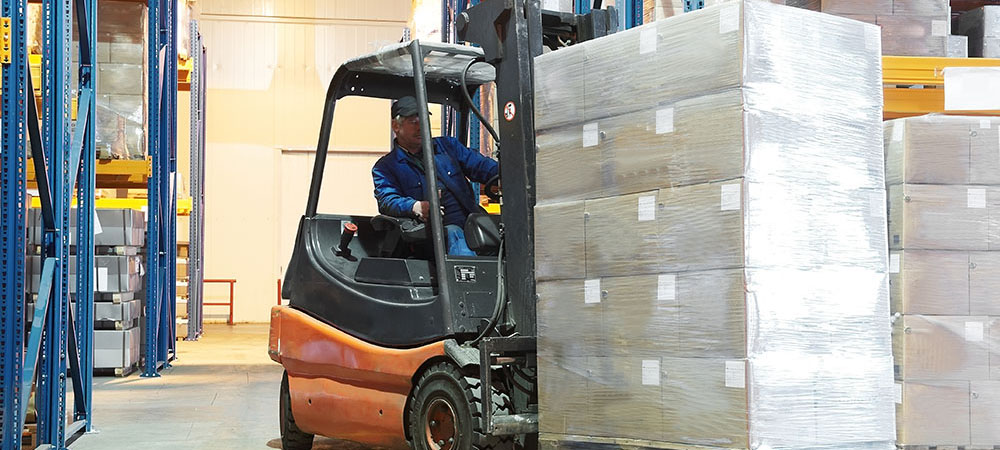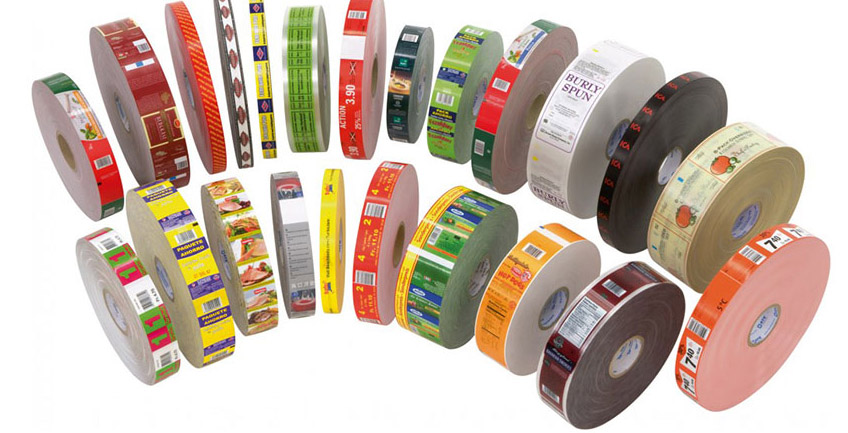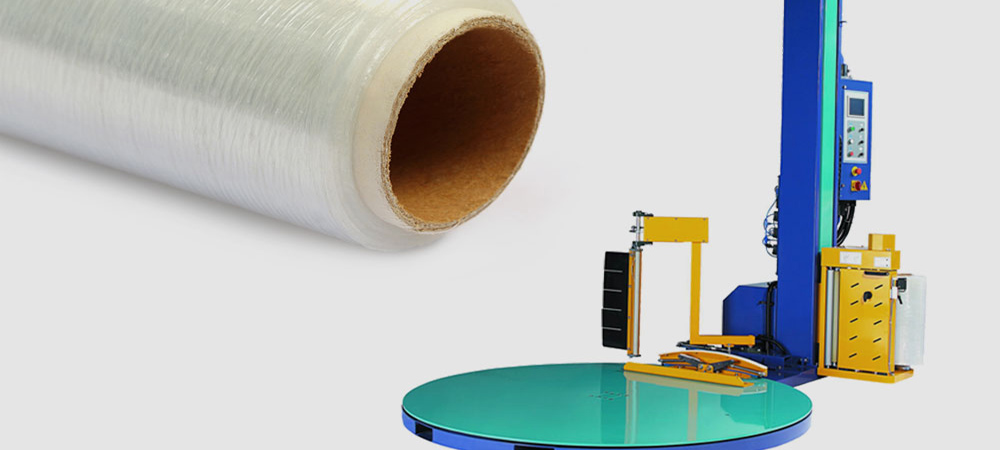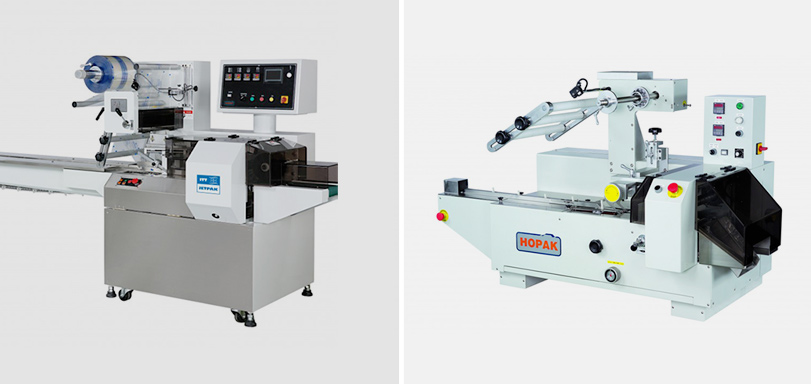Everything You Need to Know about Hand and Machine Shrink Wrapping Pallets
Stretch wrapping is a technique that holds a load of goods together on a pallet with stretchy plastic film. The elasticity of the film ensures the contents are packed in tight and securely transported to their destination, minimising the risk of damage or tampering.
But does it make a difference how you wrap your pallets? When should you hand wrap or machine wrap? And are there different types of pallet wrapping materials you can use? Read on to find out…
Size Matters
Ideally, your load will fit snuggly inside the ‘walls’ of your pallet. Overhanging products have the potential to become damaged in transit. On the other hand, be careful not to have too much space between the side of your load and the edge of the pallet – this may cause the film to tear on the pallet corners.
Compact Your Load
Once you have stacked your products onto the pallet, it’s time to get wrapping. It’s important to ensure your products are loaded as tightly together as possible (without squashing them, of course) to avoid any slipping around on the pallet; this will help achieve safe and secure transport.
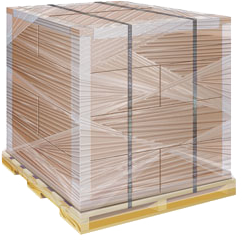
Hand vs. Machine Wrapping
There are options when it comes to wrapping your pallets, both by hand and by using a pallet wrapping machine. The specifics of your job will depend on which you opt for.
If you’re only wrapping on the odd occasion, a hand held dispenser is probably the way to go; however, if you find yourself wrapping load after load each day, it might be wise to invest in a pallet wrapping machine. This will increase efficiency and greatly reduce film waste.
Maintenance
If you opt for a pallet wrapping machine, keeping it well serviced will insure against losing hours of operation – not to mention hindering your products’ appearance due to film breaks. Regular maintenance on your machine will help keep productivity on track and prevent unwelcome hiccups.
How frequently you service your machine will depend on how often you use your pallet wrapper. For example; if your wrapper is in use a couple of hours per day, it won’t need servicing as frequently as a wrapper that is used eight hours per day.
For more information or to place an order, We’re here to help, check out our tutorials, machinery examples, best practices or simply call us for more information:

